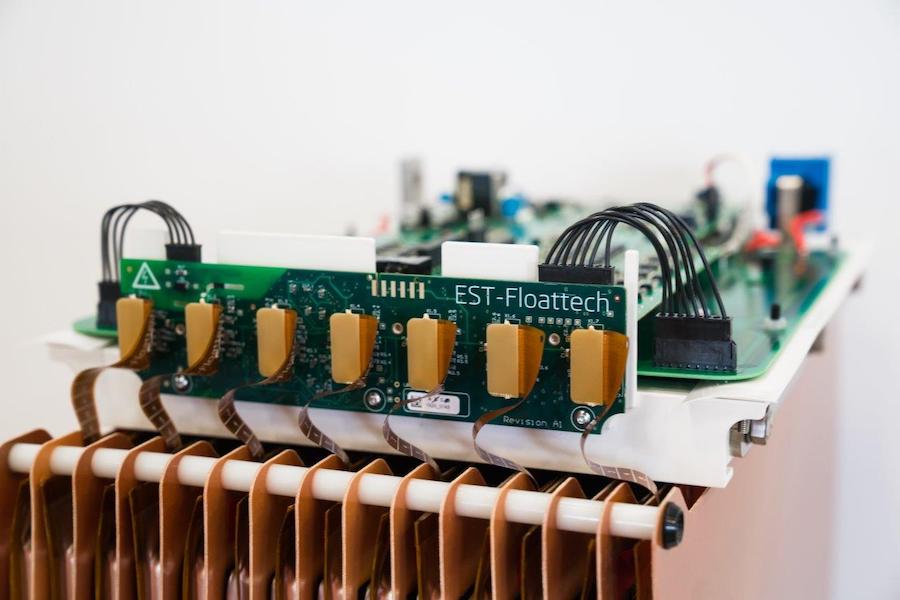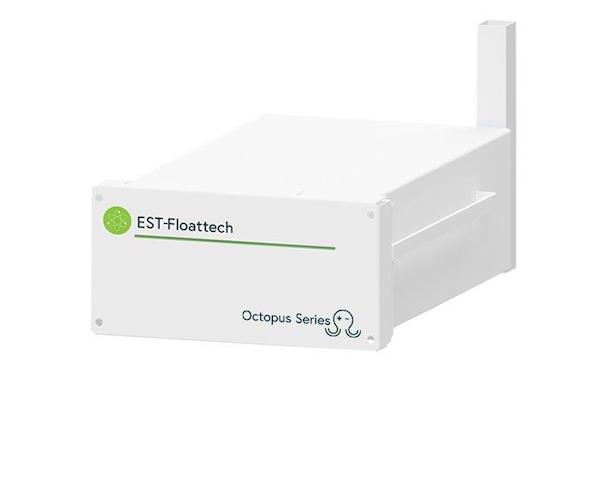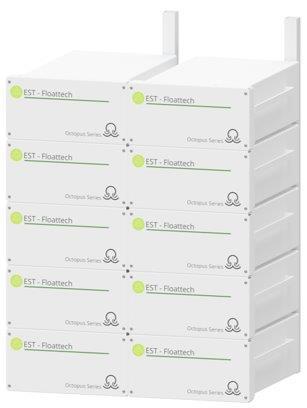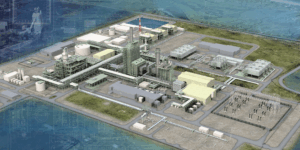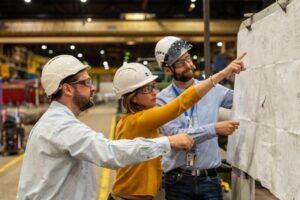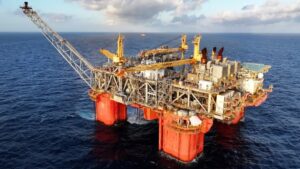EST-Floattech has announced the launch of new battery designs, the Octopus Series. The new design platform is set to become the next generation DNV certified battery management system for marine markets. With both High Power and High Energy modules, new, smart and lightweight battery solutions can be installed in virtually any size of vessel. Clients can choose between passive- or active cooling and even forced air- and liquid cooling will become available. Production of the new battery systems is about to start and ‘racks’ become available as of 2022. The Octopus platform is, practically speaking, the Battery Management System (BMS). The BMS is the interface between battery and application. An advantage of this system is that, whatever energy storage system the client needs, the BMS always has the same interface, making it user-friendly.
“We see the market both emerging and growing”, says Diederick Stam, CTO at EST-Floattech. “Sustainable power solutions are becoming accepted and here and there electrically powered vessels are coming into service. As a result, you see more and more differentiation in the applications needed by shipowners and shipbuilders, not only for direct propulsion, but also for equipment, machinery and peak performance and endurance needs. In addition, new types of applications are being thought of as we speak and we work closely with our clients to get them designed and fully functional.“
High Energy NMC
The High Energy NMC batteries are designed for long-duration and large-scale battery installations. These systems are a logical choice for systems needing 100kWh up to several MWh and are easy to connect in large series. Maritime applications that have longer charging times, for example medium and large-sized ships sailing electrically up to 8 hours, are typically suited for this system.
High Power NMC
High Power NMC modules deliver a lot of power (kW), combined with limited energy storage (kWh), which means in practical terms a (very) short charging time. Think of ferries that go for ‘opportunity charging’: when passengers and vehicles depart, the vessel recharges its batteries for the next crossing.
High Energy LFP
For applications, on land or at sea, where space is not an issue, the High Energy LFP battery system comes into play. This type does not need cobalt, cutting cost and refraining from using scarce resources, making it a more sustainable solution.


